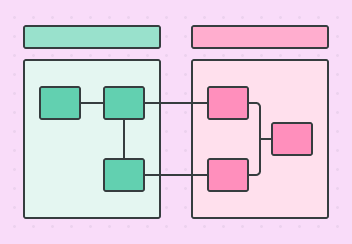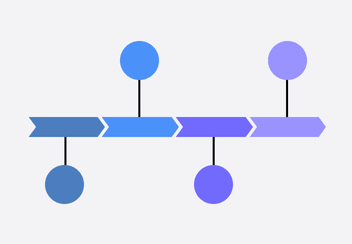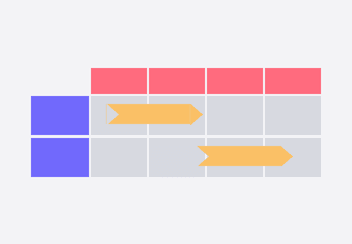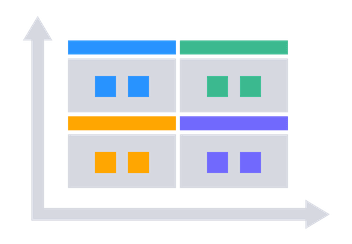- All templates
- Research & Design
- Logic Model Template
Logic Model Template

Uses of Logic Model Templates
Logic model templates are essential for planning and evaluating projects. They allow you to visually map out the relationships between your resources, activities, outputs, and desired outcomes. This clarity helps stakeholders understand the project’s objectives and how each component contributes to achieving them.
During the planning phase, logic models facilitate the development of clear and measurable goals. By outlining the connections between inputs and expected outcomes, you can create a structured approach to project design. This ensures that all team members are on the same page and working toward common objectives.
Logic models also play a crucial role in monitoring and evaluating project progress. They serve as a reference point to assess whether activities are yielding the intended results, helping you make data-driven decisions along the way. This ongoing evaluation supports accountability and continuous improvement throughout the project lifecycle.
Our logic model template offers a user-friendly framework to help you visualize and organize your project components. Customize it to reflect your unique goals and improve collaboration among your team today!

How to create your own Logic Model
Open the Logic Model template in Cacoo.
Start by defining your program or initiative at the top of the model.
Identify and list the inputs (resources) needed for your program in the designated section.
Outline the activities you will conduct to achieve your goals in the activities section.
Specify the outputs (immediate results) that will arise from these activities below the activities section.
Finally, describe the short-term, intermediate, and long-term outcomes you aim to achieve.
Review and adjust the flow of your logic model to ensure logical connections between components.
Share the model with your team for feedback and further refinement.
Related tags
You may also like


